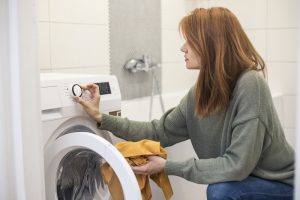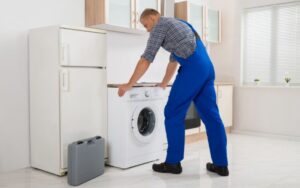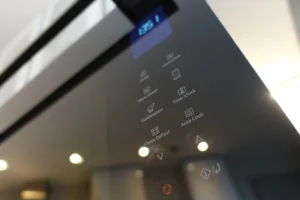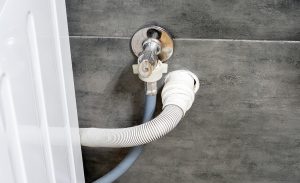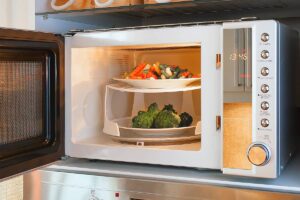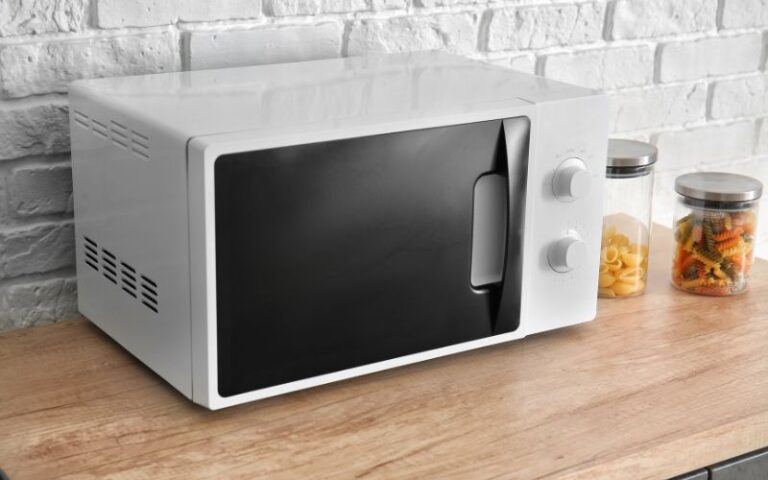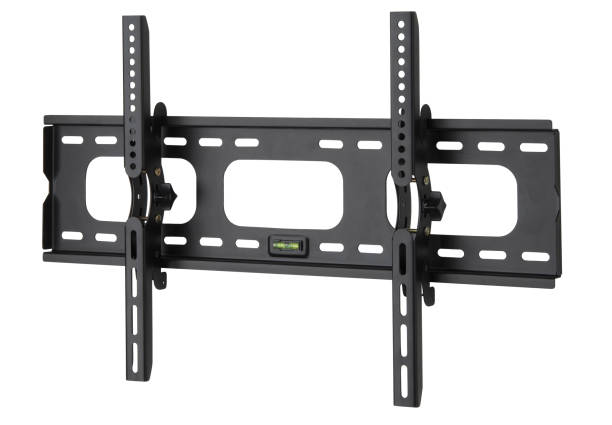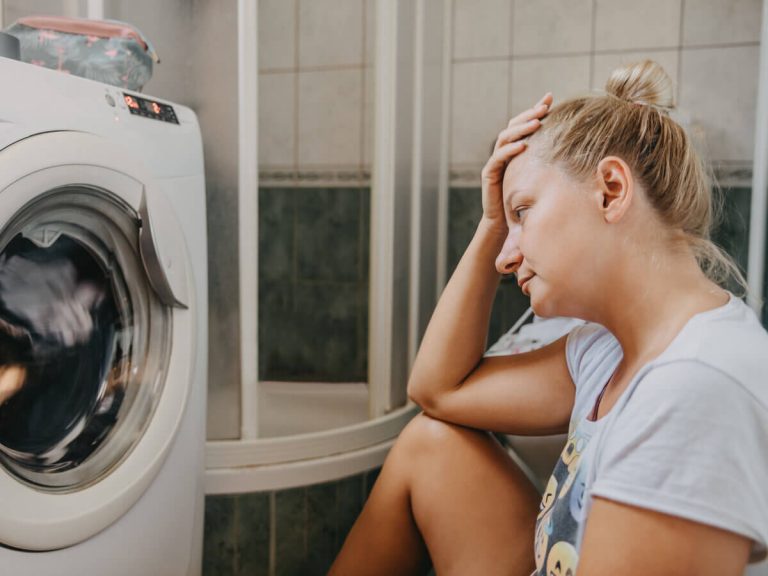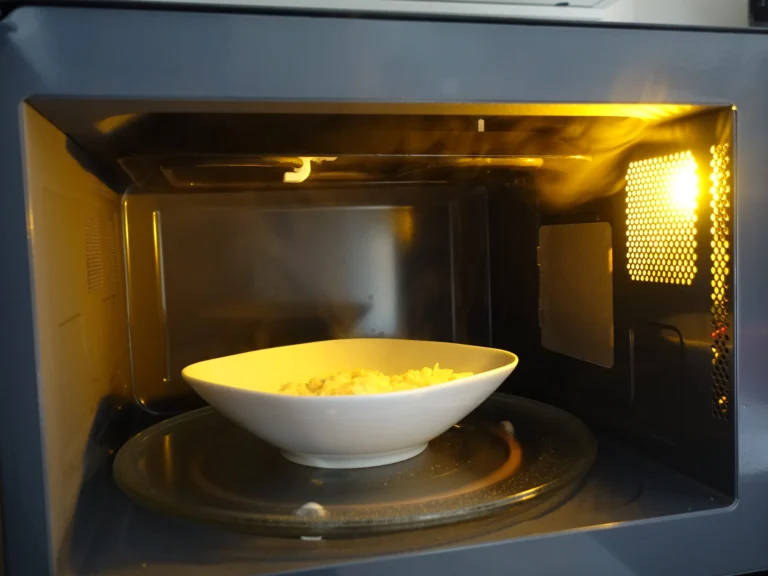Can I Use A Washing Machine Without Running The Water?
Ever wondered if you could use a washing machine without running water? Perhaps your water pressure is low, or you’re conscious about preserving the amount of water you already have.
Maybe you just want to know if using the machine without running water is even doable. Well, you’ve come to the right place!
Whether your washing machine can work without running water depends on several factors, which this article highlights and explains in detail.
Yes, it is possible. However, you have to fill the washing machine manually with the level of running water it would’ve required. Doing this is tiring, considering you have to replace the water after washing and fill in a new batch for rinsing while still topping up whenever the water level drops too low for the machine to keep functioning.
In this article, I will expatiate whether or not you can use a washing machine without running water and the factors that will determine this.
Also, I’ll explain the correct way to use running water in a washing machine.
Can a Washing Machine Function Properly Without Water?
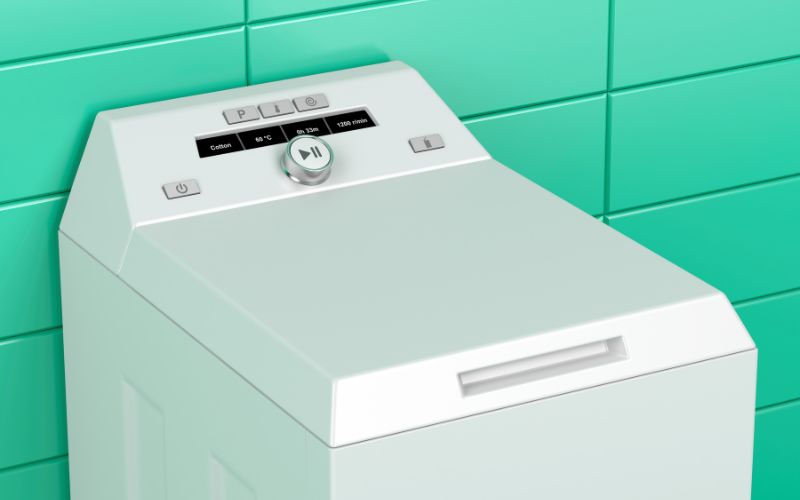
It depends on the type of washing machine. Some washing machines with built-in sensors will not function if they do not sense a build-up of water pressure in the inlet valve.
The force of running water for most washing machines is part of what opens up the dispensing valves.
Therefore, even if you try to manually fill the washing machine with water, it will be unable to dispense or use it for washing.
On the other hand, top-load washing machines are much easier to use without a running water source.
The lid is easily detachable, and water can pour in from the top and at intervals whenever the water level in the machine gets low.
However, this method can be stressful and tiring, but it is a viable approach.
All you have to do is fill water into a bucket and consecutively pour out from that bucket into the washing machine through the top.
You will still have to refill more water when it is time to rinse the laundry. Unfortunately, many washing machines aren’t top loaders.
Most are off-loaders, and they come with an entirely different control system.
For washing machines that use sensors, there is a step-by-step cycle dependent on certain sensory actions for the machine to proceed to the next step.
The filling step allows water into the washing machine through the inlet valves and stops the flow once the level sensor indicates the water has reached the required level.
The inlet valves will only open if the machine senses a build-up of water pressure in that region. The washing machine will pause at the fill phase if there isn’t.
You cannot manually pour water into washing machines that use sensors because the machines usually have safety interlocks that prevent you from opening the lid.
It also pauses washing if it senses the lid is open. To go around these safety nets, you must alter the machine’s settings and tweak some components.
Doing this might have some consequences later on.
Below are tables highlighting the pros and cons of using Top load washers compared to Off-load washing washers.
#1. For Top-Load Washing Machines
| Pros | Cons |
|---|---|
| Much easier to use compared to Off-Load washing machines. | It isn’t as gentle on fabric as Off-Load washing machines. |
| Safer for older people or users with joint pains. | It Consumes a lot more water than Off-Load washing machines. |
| Cheaper than Off-Load washing machines. | Lesser installation flexibility. |
#2. For Off-Load Washing Machines
| Pros | Cons |
|---|---|
| Front-Load washing machines use less water compared to Top loaders. | They are more expensive compared to Top loaders. |
| They clean better than Top loaders and are gentler on fabric. | Not as easy to use compared to Top loaders. |
| Clothes washed with Off-Load washing machines dry faster. | Susceptible to mold build-up in the rubber gasket. |
How Do You Supplement Running Water for a Washing Machine?
You can supplement running water for an automatic washing machine by manually filling water into it. This route comes at some costs, though.
Automatic washing machines operate based on a working cycle that demands certain pressure and water levels at different cycle stages.
Manually filling your washing machine might render the machine incapable of proceeding through some stages in the washing cycle.
The four stages in a washing machine’s working cycle are:
- Washing
- Draining
- Rinsing
- Drying
To supplement running water for your washing machine, you would have to use it as a sort of semi-automatic washing machine.
Below are the steps to follow when manually filling your washing machine:
Step 1 (Washing)
Fill the washing machine with water after calculating the amount of water in liters it would take to run the entire washing course you have selected.
Ensure to fill the washing machine up to the required water level. If not, the sensors will not kickstart the machine’s functions.
Step 2 (Draining)
Drain the soapy water after washing. Ensure you drain out all the water before proceeding to the next stage.
Step 3 (Rinsing)
After draining the water from the washing machine, pour a fresh batch for rinsing the clothes. Drain the rinsing water after rinsing.
Step 4 (Drying)
After draining the rinsing water, you can successfully put the clothes into the washing machine to dry.
Is It Okay to Turn off the Water When the Washing Machine Is Not in Use?
Yes, turning off the water when the washing machine is not in use is okay.
Especially when you’ll be away from home for a while, if you are not going to use the washing machine for a whole day, you should turn the water off.
There are many cases of water damage in homes due to burst washing machine hoses holding water for longer periods than expected.
You can switch off the water supply to your washing machine by turning the valves behind the washing machine clockwise until well tightened.
Summary
Using a washing machine without water is doable as long as the machine’s control system allows for filling in water manually.
Washing machines with Safety interlocks may not permit using anything other than running water.
On the other hand, most top-loaders can permit filling in water manually.
So, your kind of washer will determine if you can perform a wash cycle without running wetter.

